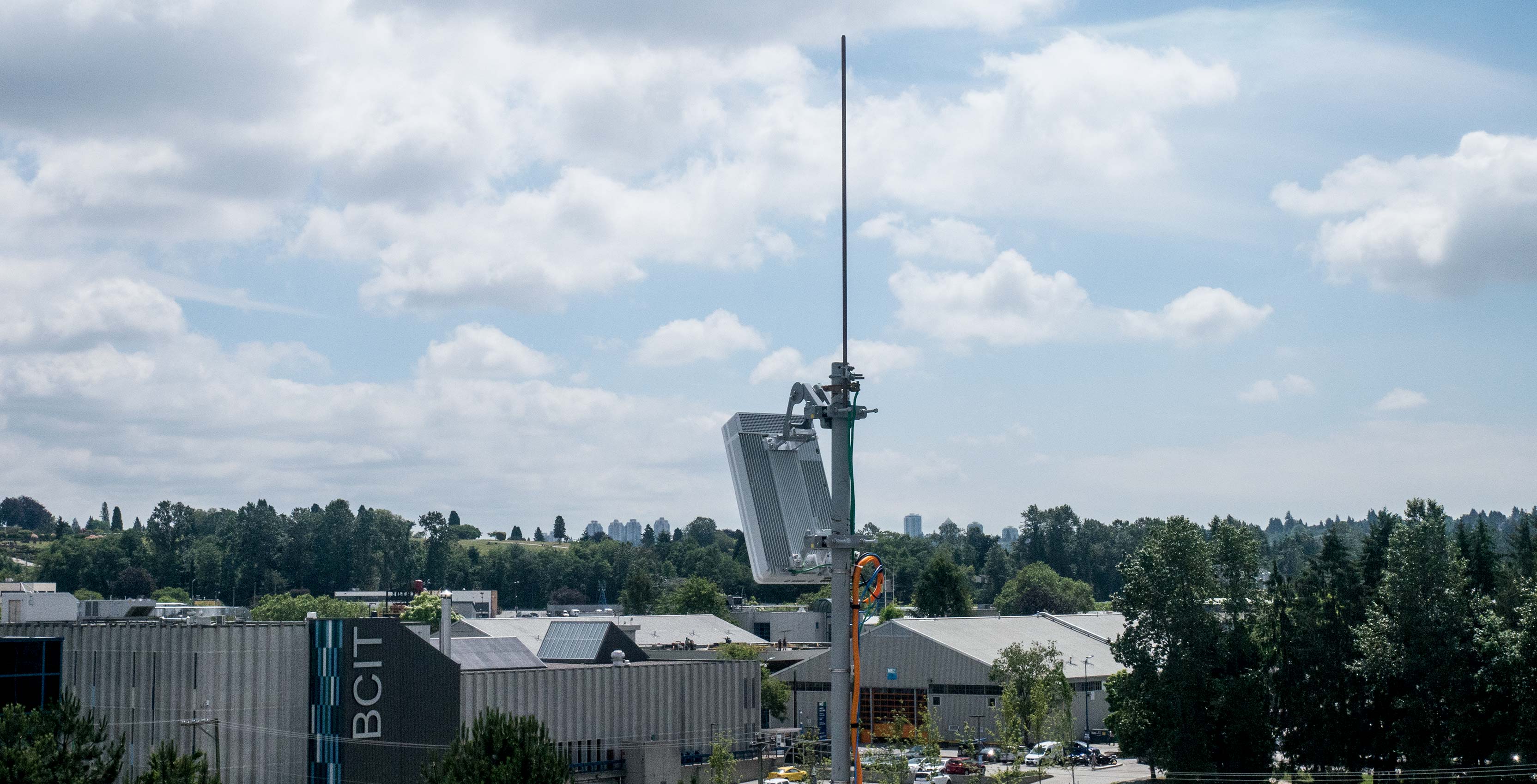
As the fifth generation of wireless, or 5G, comes into view on the horizon, access to the wireless spectrum that will drive this evolution becomes a crucially important element to carriers in Canada.
Earlier this summer, Innovation, Science and Economic Development (ISED) Canada launched a consultation on the subject, giving carriers and other stakeholders a chance to comment.
The consultation focuses on the release of high-frequency millimeter wave (mmWave) spectrum in the 28GHz, 37 to 40GHz and 64 to 71GHz frequency bands.
The first round of comments recently closed and altogether the government received 30 submissions from industry.
What is mmWave and why is it important to 5G?
Millimeter Wave (mmWave) refers to the band of wireless spectrum between 30GHz and 300GHz, though spectrum bands beginning at 24GHz are recognized within the category too.
As of right now, it’s an undeveloped patch of spectrum. Due to its capacity for ultra-high throughputs, it’s also prime real estate for 5G networks, which aim to deliver data at multiple gigabits-per-second rates.
The spectrum’s name comes from the actual length of the waves. Millimeter waves have short wavelengths that range from around 10 millimeters to 1 millimeter.
These short waves are capable of some pretty impressive data rates for wireless applications — up to 10Gbps, in fact — but they’re also quite sensitive to a number of variables.

The waves are actually absorbed by gases in the atmosphere, which reduces their overall range.
Humidity, rain and snow do even more to reduce signal strength, and objects like buildings and trees can completely stop a signals in its tracks.
This means that to successfully mine the potential of mmWave, those creating wireless equipment and modems have had to employ beamforming and beam tracking or steering techniques.
As the name implies, beamforming refers to molding spectrum in such a way that it can be focused and directed in exactly the right direction.
Using such techniques, carriers and equipment makers are well on their way to harnessing the power of mmWave, and as the comments on the government’s consultation show, they’re eager to get their hands on more of it.
Support from the Big Three
Bell, Rogers and Telus all filed comments expressing support for the suggested mmWave bands identified in the government’s consultation, and also lauded the government’s proposal for the use of a “flexible use licensing model.”
The aim of the model is to let the carrier licensee — such as Bell or Rogers — determine how to use the spectrum. Carries could use the spectrum to deploy fixed systems, meaning communications between fixed points — often an alternative to fiber or cable — mobile systems or a combination of the two.
This lets carriers be flexible in whether they’d like to deliver mobile services with the new spectrum, or provide wireless connections straight to the home — a use-case that is frequently proposed as one of the benefits of multi-Gbps 5G speeds.
Additionally, the government proposed allowing license-exempt use for the 64 to 71 GHz band, in order to allow for development and a level of certainty regarding which bands will be available for long-term use ahead of the ITU World Radiocommunication Conference 2019 (WRC-19).
At WRC-19, stakeholders from around the world will come together to identify bands for the next generation of wireless technology.
“Immediate and decisive regulatory action is required to allow Canada to reap early mover advantages.”
“We […] support making these bands available prior to the World Radio Conference 2019 (WRC-19) because this would enable service providers to begin rolling out 5G networks and introduce advanced applications and services to Canadians earlier, rather than waiting for the convening of WRC-19,” stated Bell, in their mmWave consultation document.
Telus agreed with the government’s plan, as well as Bell, stating: “Immediate and decisive regulatory action is required to allow Canada to reap early mover advantages in the new global digital economy.”
Rogers, too, expressed support for the government releasing mmWave spectrum prior to WRC-19 and ahead of the finalization of standards for 5G.
Accelerating the process for releasing new spectrum is a somewhat unusual occurrence. Generally, the process is slow-moving — for example, the U.S. and Canada worked together on freeing up 600MHz spectrum for LTE, but while the U.S. spectrum is now in play, the consultation process only recently began in Canada.
ISED Minister Navdeep Bains previously noted that the entire process takes about two years from the consultation’s launch to deployment and implementation.
Shaw and other stakeholders weigh in
Shaw, owner of Freedom Mobile, and still relatively new to the wireless scene, emphasized the fact that it intended to compete with the Big Three, stating: “As a new player in the wireless sector that has invested billions of dollars over the last 18 months, Shaw is committed to being a strong source of competition in Canada over the long term.”
Other stakeholders, from the Wi-Fi standards group to social media platform Facebook, also added their opinions on the proceedings.
The Wi-Fi Alliance urged the government to “be mindful of opportunities to open up other bands for licence-exempt 5G operations like Wi-Fi,” while Facebook highlighted the fact that it is developing a “solar-powered, high-altitude” drone to deliver broadband fixed backhaul connectivity, in order to extend the reach of broadband providers’ networks.
Because of that, Facebook says it supports more spectrum being made available for flexible use, including in the 28 GHz and 37 to 40 GHz bands.
The period for reply comments on the consultation will close November 10th, 2017.
MobileSyrup may earn a commission from purchases made via our links, which helps fund the journalism we provide free on our website. These links do not influence our editorial content. Support us here.


